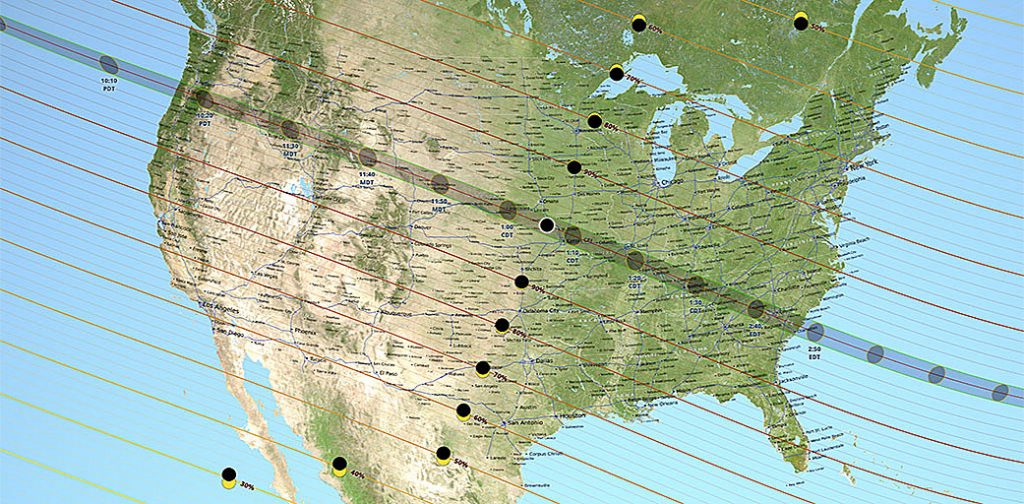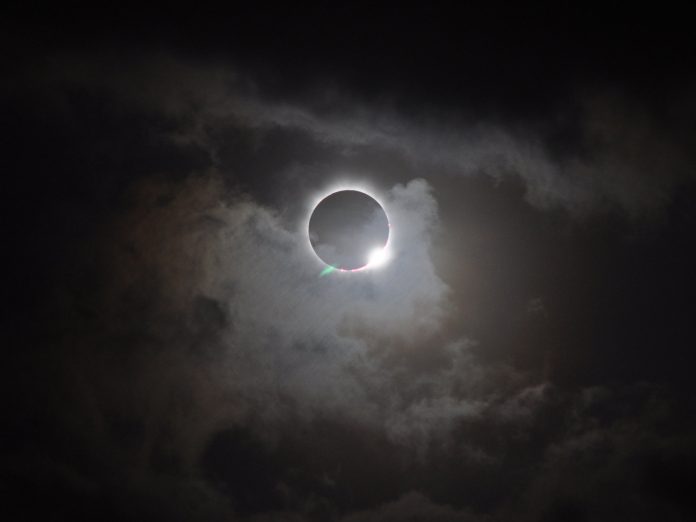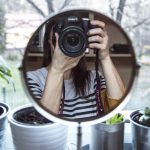America’s total solar eclipse is fast approaching on August 21st and you still haven’t bought your eclipse glasses. Don’t panic, there’s still time for you to get ready for this rare astronomical event – with or without extra eyegear. Here’s a last-minute list of things you can still do so you’re not left out in the dark come Monday.
Get your hands on a pair of solar eclipse glasses now
Yes, there are still some left though supply is low and ever-shrinking. The American Astronomical Society provided a list of vendors that sell ISO compliant glasses here and the list is getting updated as new vendors verify the quality of their glasses.
According to the AAS, “alarming reports of potentially unsafe eclipse viewers (are) flooding the market.” and it’s not enough to check that glasses have “ISO 12312-2” compliance labels on them as some shady vendors will go as far as printing this label on their fakes. So it’s important to stay safe and buy from a reputable company like one listed on the AAS site.
And if you want to test out a pair you already have, here’s some advice from the AAS on how to tell if your glasses are not safe.
“You shouldn’t be able to see anything through a safe solar filter except the Sun itself or something comparably bright, such as the Sun reflected in a mirror, a sunglint off shiny metal, the hot filament of an unfrosted incandescent light bulb, a bright halogen light bulb, a bright-white LED bulb (including the flashlight on your smartphone), a bare compact fluorescent (CFL) bulb, or an arc-welding torch.”
Whatever you do, DO NOT Try to look at the sun directly and DO NOT use any of the following:
- Sunglasses
- Solar glasses that are not NASA approved
- Telescopes without approved filters
- Binoculars without approved filters
- Cameras without approved filters
Put on a welding mask
The reason why solar eclipse glasses work is because they have “a thin layer of aluminum, chromium or silver deposited on their surfaces that attenuates ultraviolet, visible, and infrared energy.” Number 14 welder’s glass comes with the same ingredients and NASA approves them for use viewing eclipses. But take note that Number 14 is much darker a shade than is used for most kinds of welding. Your best bet for finding the right shade is to stick to a reputable welding materials supplier.
Watch the solar eclipse on livestream
You can find NASA’s livestream of the eclipse at nasa.gov/eclipselive. The preview show starts at 12 p.m. EDT and live show starts at 1 p.m. EDT. Make no mistake, they’ve pulled out all the stops for this one. The show will feature views from telescopes, satellites, aircraft, and balloons along with commentary from NASA experts.
CNN also announced they’ll livestream the solar eclipse in a show called “CNN’s Eclipse of the Century” starring astronaut Mark Kelly. That event starts at 1 p.m. ET. Viewers can tune into the 4k show at CNN.com/eclipse.
Make your own pinhole camera
There are a ton of different ways to make a pinhole camera. In essence, you’re poking a pinhole through some material (often cardboard, paper, or aluminum) and projecting the inverted image onto a blank surface. Here’s just one suggestion provided by NASA for making a pinhole camera using a cereal box.
Get the timing right
Whether you’re viewing the phenomenon from your office parking lot or from a secret location you staked out months ago, make sure you’re ready to catch it at the right time for where you are. Check out the timing of the Moon’s passage in front of the sun based on where you fall on this map.

The totality – when the moon fully covers the view of the sun – will reach the West Coast of the United States at 10:16 a.m. PT (1:16 p.m. ESST).











